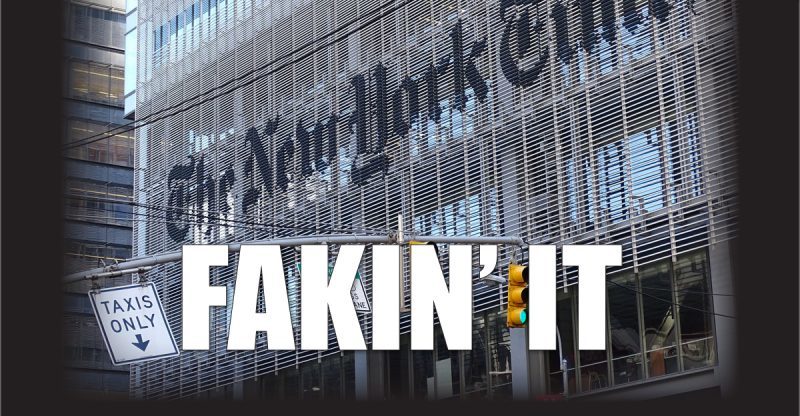Today, the New York Times must have cut and pasted its 1964 coverage to create an offensive and incompetent article about the alleged sabotage of four oil tankers in the Persian Gulf, implying that Iran was behind the attacks. The paper, compounding its dishonesty, also published another bizarre anti-Iran article, with the headline: "A 'Disinformation Assembly Line:' Spreading Fake News to Bolster Iran."
What's missing in the Times is:
- Any effort to report on the Trump administration's own "disinformation assembly line" to provoke war with Iran.
- Any effort to have its reporters in Israel report on the huge role the Netanyahu government is playing in this effort.
- Any effort at all to contact experts on Iran who have a different view, people like Trita Parsi, Flynt and Hillary Mann Leverett, Barbara Slavin.
The Times article on Iran's alleged "disinformation campaign" is even more dishonest. To start with, one of the co-authors is Ronen Bergman, an Israeli who - let's put this diplomatically - has close ties to Israel's spy network. True to form, this "report" relies on 2 "former Israeli intelligence officials."
It gets worse. Your average reader may wonder why he has not already stumbled across the products of this Iranian "disinformation assembly line," which is apparently so important it merits a fairly long exposure in the Times.
Buried is paragraph #14 is the answer. So far, this Iranian propaganda operation has created the grand total of "73 web domains," "135 ersatz articles," and "11 fake identities." You can breathe a sigh of relief. If you missed those 135 ersatz articles, you are still safe.
Let's close with the truth. James Fallows is a distinguished veteran journalist, now with the Atlantic, who among his other achievements warned against the 2003 invasion of Iraq. Fallows is level-headed, not prone to excitement. And he describes the rising tension in the Mideast around Iran as "depressing, and alarming, as hell."




Reader Comments
to our Newsletter